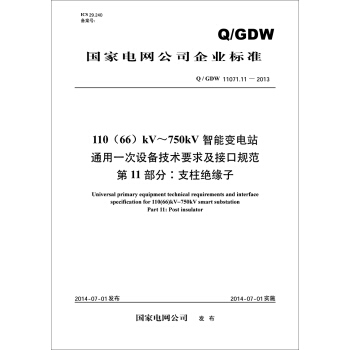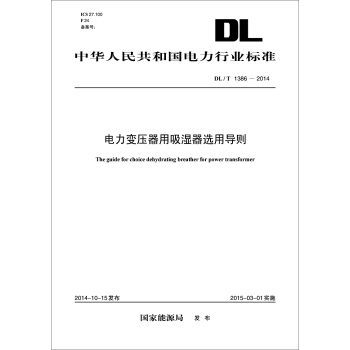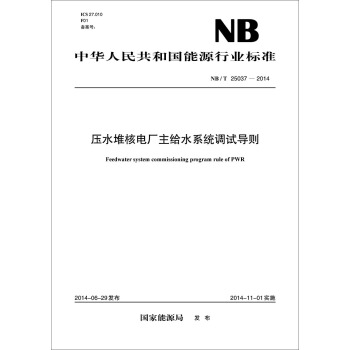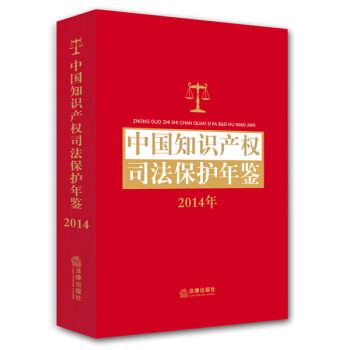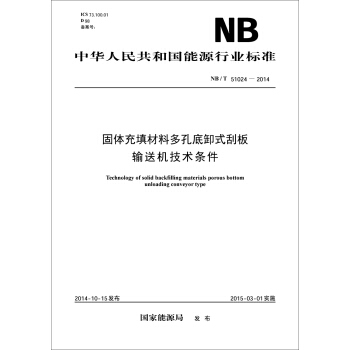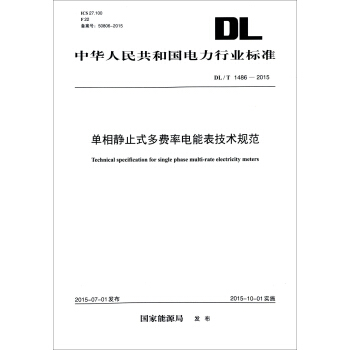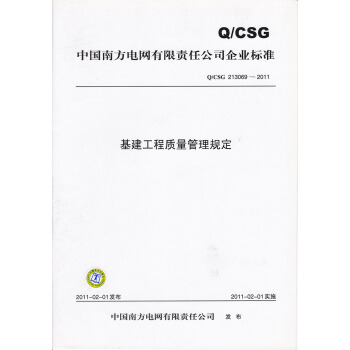![传感材料与传感技术丛书·化学传感器:仿真与建模(第3卷·固态设备 上册 影印版) [Chemical Sensors:Simulation and Modeling. Volume 3:Solid-State Devices]](https://pic.windowsfront.com/11649855/54ddcf3eNadb8fd95.jpg)

具体描述
内容简介
This is the third of a new five-volume comprehensive reference work that provides computer simulation and modeling techniques in various fields of chemical sensing and the important applications for chemical sensing such as bulk and surface diffusion, adsorption, surface reactions, sintering, conductivity, mass transport, and interphase interactions.作者简介
Ghenadii Korotcenkov, received his Ph.D. in Physics and Technology of Semiconductor Materials and Devices in 1976, and his Habilitate Degree (Dr.Sci.) in Physics and Mathematics of Semiconductors and Dielectrics in 1990. For a long time he was a leader of the scientific Gas Sensor Group and manager of various national and international scientific and engineering projects carried out in the Laboratory of Micro- and Optoelectronics, Technical University of Moldova. Currently, Dr. Korotcenkov is a research professor at the Gwangju Institute of Science and Technology, Republic of Korea.Specialists from the former Soviet Union know Dr. Korotcenkov's research results in the field of study of Schottky barriers, MOS structures, native oxides, and photoreceivers based on Group IIIH-V compounds very well. His current research interests include materials science and surface science, focused on nanostructured metal oxides and solid-state gas sensor design. Dr. Korotcenkov is the author or editor of 11 books and special issues, 11 invited review papers, 17 book chapters, and more than 190 peer-reviewed articles. He holds 18 patents, and he has presented more than 200 reports at national and international conferences.
Dr. Korotcenkov's research activities have been honored by an Award of the Supreme Council of Science and Advanced Technology of the Republic of Moldova (2004), The Prize of the Presidents of the Ukrainian, Belarus, and Moldovan Academies of Sciences (2003), Senior Research Excellence Awards from the Technical University of Moldova (2001, 2003, 2005), a fellowship from the International Research Exchange Board (1998), and the National Youth Prize of the Republic of Moldova (1980), among others.
内页插图
目录
PREFACEABOUT THE EDITOR
CONTRIBUTORS
1 MOLECULAR MODELING: APPLICATION TO HYDROGEN INTERACTION WITH CARBON-SUPPORTED TRANSITION METAL SYSTEMS
1 Introduction
2 Molecular Modeling Methods
2.1 Molecular Mechanics
2.2 Electronic Structure Theory
2.3 Density Functional Theory
2.4 Plane-Wave Pseudo-Potential Methods
2.5 Optimization Techniques
3 Modeling Hydrogen Interaction with Doped Transition Metal Carbon Materials Using Car-Parrinello Molecular Dynamics and Metadynamics
3.1 Dissociative Chemisorption
3.2 Spillover and Migration of Hydrogen
4 Summary
References
2 SURFACE MODIFICATION OF DIAMOND FOR CHEMICAL SENSOR APPLICATIONS: SIMULATION AND MODELING
Introduction
2 Factors Influencing Surface Reactivity
3 Diamond as a Sensor Material
3.1 Background
3.2 Electrochemical Properties of Diamond Surfaces
4 Theory and Methodology
4.1 Density Functional Theory
4.2 Force-Field Methods
5 Diamond Surface Chemistry
5.1 Electron Transfer from an H-Terminated Diamond (100) Surface to an Atmospheric Water Adlayer; a Quantum Mechanical Study
5.2 Effect of Partial Termination with Oxygen-Contairung Species on the Electron-Transfer Processes
5.3 The Energetic Possibility to Completely Oxygen-Terminate a Diamond Surface
5.4 Effect on Electron-Transfer Processes of Complete Termination with Oxygen-Containing Species
5.5 Biosensing
5.6 Simulation of the Pluronic F108 Adsorption Layer on
F-, H-, O-, and OH-Terminated NCD Surfaces
References
3 GENERAL APPROACH TO DESIGN AND MODELING OF NANOSTRUCTURE- MODIFIED SEMICONDUCTOR AND NANOWIRE INTERFACES FOR SENSOR AND MICROREACTOR APPLICATIONS
1 Introduction: The IHSAB Model for Porous Silicon Sensors and Microreactors
2 The Interface on Extrinsic Semiconductors
3 The IHSAB Concept as the Basis for Nanostructure-Directed Physisorption (Electron Transduction) at Sensor Interfaces
4 The Extrinsic Semiconductor Framework
5 Physisorption (Electron Transduction) and the Response of a Nanostructure-Modified Sensor Platform
6 The Underlying IHSAB Principle
7 Application to Nanowire Configurations
8 Application to Additional Semiconductors
4 DETECTION MECHANISMS AND PHYSICO-CHEMICAL MODELS OF SOLID-STATE HUMIDITY SENSORS
5 THE SENSING MECHANISM AND RESPONSE SIMULATION OF THE MIS HYDROGEN SENSOR
INDEX
前言/序言
用户评价
这本书给我的最大感受是其对“全流程仿真”的野心与实现度。它不是孤立地看待某一个元件,而是试图将整个传感器系统——从吸附气体分子到电荷收集层的整个信号通路——纳入一个统一的计算框架内。这种系统性的方法论,使得阅读体验非常连贯,避免了传统参考资料中知识点之间的割裂感。特别是关于界面电荷转移机制的量化分析,它甚至涉及到了量子化学计算的结果作为输入参数,这对于追求极限性能的研发团队来说,无疑是打开了一扇新的大门。它鼓励读者不仅仅是应用现有的软件工具,更是要理解工具背后的物理和化学基础,从而能够根据具体需求定制或改进仿真算法。对于有志于在传感技术领域进行原创性突破的后来者而言,这本书提供的理论基石和仿真范例,是极其宝贵的第一手资料,它无疑是当前该领域内综合性和深度俱佳的参考书之一。
评分说实话,引进版书籍在翻译质量上常常令人担忧,但这本影印版(尤其是针对复杂的专业术语)处理得非常到位,虽然保留了原文结构,但其清晰度和术语的规范性,完全达到了专业阅读的标准。我最想强调的是它在“可靠性评估”方面的处理方式。在当前的产业趋势下,传感器不仅要求高灵敏度,更要求长期稳定运行。书中关于老化效应和热应力分析的部分,采用了多物理场耦合的建模思路,这对评估传感器在极端工作环境下的寿命预测至关重要。我过去尝试用经验公式来估算寿命,效果时好时坏,但通过书中提供的物理模型,我得以建立起一个更具鲁棒性的寿命预测框架。对于需要将研发成果快速推向工业应用的项目来说,这种系统性的可靠性建模方法,是区分前沿研究和成熟产品的关键所在。它不仅仅是告诉我们“如何做”,更是在教我们“如何保证它能持续工作”。
评分这本书的封面设计确实很吸引人,那种深沉的蓝色调配上银灰色的字体,一下子就给人一种专业、严谨的感觉。我是在寻找关于新型传感材料如何突破传统器件限制的资料时偶然发现它的,当时就被“仿真与建模”这个副标题吸引了。坦白说,我一开始对“固态设备”这个方向的理解还停留在比较宏观的层面,但翻开目录后,我发现它简直是为那些希望深入理解传感器工作机理的工程师和研究人员量身定制的宝典。它没有过多地停留在基础的化学反应介绍上,而是直接切入了半导体物理、界面效应以及电荷传输等核心议题。特别是其中关于特定金属氧化物半导体薄膜在不同气氛下的能带结构变化模拟部分,讲解得极其透彻,即便是相对复杂的数学推导,作者也力求用清晰的图表和实例来辅助说明,这对于我们这些偏应用研究的同行来说,简直是雪中送炭,能极大地加速我们从理论到实际应用的转化过程。那种将理论深度与工程实用性完美结合的平衡感,是许多同类书籍难以企及的。
评分作为一名长期在材料合成领域摸爬滚打的研究者,我更关注的是微观尺度上的结构-性能关系。这本“固态设备”的上册在这一点上表现得尤为出色。书中对薄膜沉积过程中的晶界效应和缺陷态的密度分布进行了详尽的讨论,并且将这些微观参数直接关联到了宏观的电流-电压特性曲线上。这种跨尺度的耦合分析,极大地拓宽了我对传感器器件性能瓶颈的认识。我记得有一章节专门讨论了掺杂浓度对载流子迁移率的影响,作者利用有限元分析(FEA)的方法展示了电场在器件内部的非均匀分布,这对于我们优化电极几何结构提供了非常直观的视觉指导。读完这部分内容后,我立即着手调整了我们最新一代传感器的电极间距和宽度,实践证明,模型的预测能力非常精准,直接帮助我们避免了大量的试错性实验。可以说,这本书提供了超越实验观察的“虚拟实验室”。
评分我对这类偏重理论深度的书籍通常抱持一种谨慎的期待,毕竟很多技术手册读起来就像是在啃干巴巴的教科书,晦涩难懂。然而,这套丛书(特别是这本关于固态设备的上册)在叙事逻辑上展现出一种令人赞叹的流畅性。它不像传统教材那样将知识点孤立地堆砌起来,而是构建了一个完整的知识体系,让你能清晰地看到从材料选择到器件设计,再到性能优化的完整路径。我尤其欣赏它对“噪声”和“漂移”这些实际应用中两大顽疾的建模处理。作者并没有避开这些复杂因素,反而将其纳入仿真框架进行精细分析。当我对照着书中的模型去检验我们实验室搭建的原型器件时,那些原本困扰已久的数据异常点,一下子都有了理论依据可以去追溯和优化。这种“授人以渔”式的讲解,让我感觉自己不仅仅是在学习知识点,更是在掌握一种解决问题的思维方式。它带来的启发,远超出一本纯粹的技术手册的范畴。
相关图书
本站所有内容均为互联网搜索引擎提供的公开搜索信息,本站不存储任何数据与内容,任何内容与数据均与本站无关,如有需要请联系相关搜索引擎包括但不限于百度,google,bing,sogou 等
© 2025 book.coffeedeals.club All Rights Reserved. 静流书站 版权所有

![中华人民共和国国家标准(GB 51010-2014):铝电解系列不停电停开槽设计规范 [Code for Design of Shutting Down/Restarting Aluminum Reduction Cells Without Power Interruption] pdf epub mobi 电子书 下载](https://pic.windowsfront.com/11660805/5507faf2N614b8531.jpg)
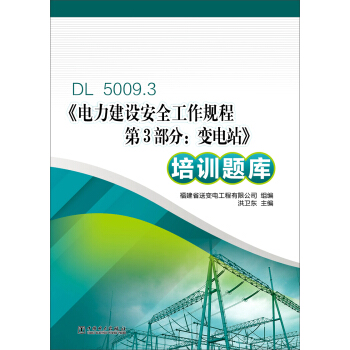
![中华人民共和国电力行业标准:压阻式渗压计(DL/T1335-2014) [Piezoresistive presure] pdf epub mobi 电子书 下载](https://pic.windowsfront.com/11671942/551d0dfeN50b64d03.jpg)
![中华人民共和国能源行业标准:核电厂汽轮机转子寿命评估导则(NB/T25030-2014) [Guideline of life assessment for steam turbine rotor of units in nuclear power plant] pdf epub mobi 电子书 下载](https://pic.windowsfront.com/11671948/551d0dfeN833d4215.jpg)
![110(66)kV~750kV智能变电站通用二次设备技术条件及接口规范(第1部分:站控层及公用设备Q/GDW11072.1-2013 ) [Secondary equipment general technical specification 110(66)kV~750kV smart substation Part 1:Station level devices] pdf epub mobi 电子书 下载](https://pic.windowsfront.com/11671949/551d0dfeNb8549d1a.jpg)
![中华人民共和国能源行业标准:核电厂汽轮机转子焊接修复技术导则(NB/T25028-2014) [The guidelines for welding repair of steam turbine rotors in nuclear power station] pdf epub mobi 电子书 下载](https://pic.windowsfront.com/11671955/551d0dfeNef4b42b1.jpg)
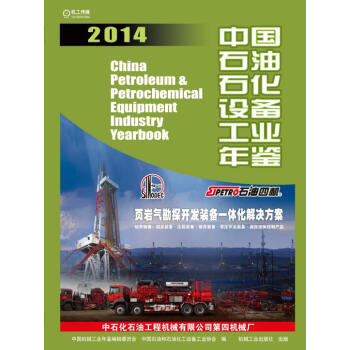
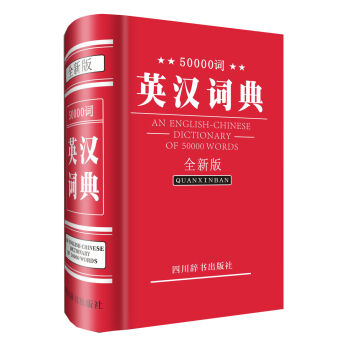
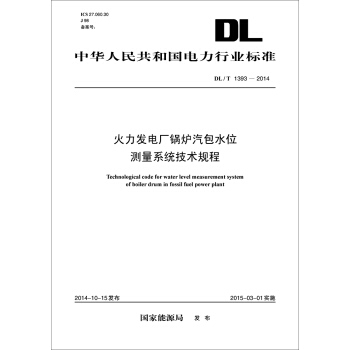

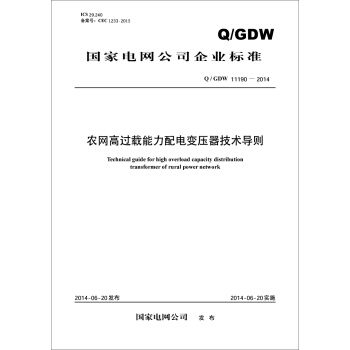
![中华人民共和国电力行业标准:滚轴筛(DL/T1374-2014) [Roller screen] pdf epub mobi 电子书 下载](https://pic.windowsfront.com/11686185/554c8388Nbec8974f.jpg)
